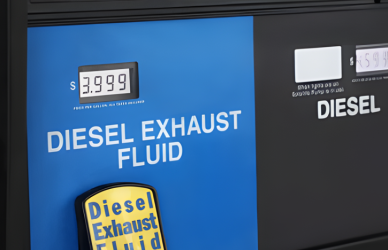The EPA is giving the public an opportunity to share their thoughts on climate-protecting regulations for heavy-duty trucks. On May 2nd and 3rd, they will be hosting a virtual hearing to gather information from citizens about this new proposal titled “Greenhouse Gas Emissions Standards for Heavy Duty Vehicles – Phase 3”. If more people wish to testify than scheduled slots allow, an additional session may be added on May 4th as well.
Last week, the White House introduced a plan aiming to reduce Greenhouse Gas emissions by phasing in electric vehicles. The goal is for 67% of all light-duty cars and trucks sold by 2032 to be powered electrically, as well as 50% of buses and waste haulers; 35% regional tractors; and 25% long-haul trucks.
The EPA’s proposed plan would set new GHG standards for heavy-duty highway vehicles, starting in model year 2028 through MY 2032. This proposal goes even further by revising previous GHG requirements established under the Phase 2 rule of their Greenhouse Gas Emissions and Fuel Efficiency Standards initiative.
The EPA’s Phase two has already been enacted, requiring tractor models in 2027 to reduce carbon dioxide emissions by at least 25% and fuel consumption from 2017 levels. This requirement can be achieved through a combination of engine upgrades, transmission improvements, increased aerodynamic design efficiency, enhanced tire traction resistance and better idle performance.
The EPA is inviting individuals and organizations interested in speaking or attending the hearing to send in their registrations for the upcoming virtual hearing on April 26. All interested parties, even those not intending to provide testimony, are encouraged to register by emailing EPA-HD-Hearings@epa.gov before that date so they can receive instructions about how best to participate in the virtual event.
Each registered speaker will have the opportunity to provide their input for a maximum of three minutes. While the EPA may ask clarifying questions during oral presentations, they will not respond to the presentations at that time.
Source: CCJDigital











